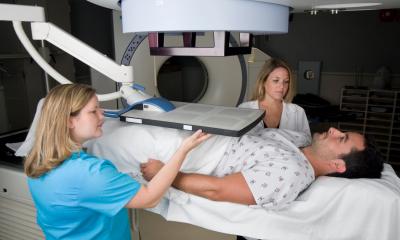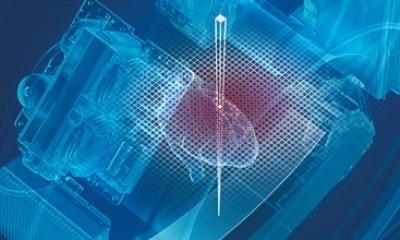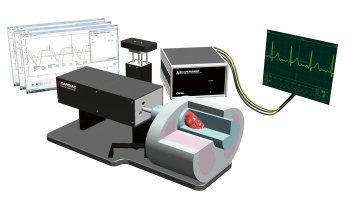Functional CT : A rising star flying without support of solid data
John Brosky reports
The fast-expanding capabilities of imaging with computed tomography (CT) can leave your head spinning, which seemed to be the effect on the participants at the New Horizons Session at ECR 2010 entitled ‘Functional imaging in CT: Optional or built-in?’
The chairman for the session Haten Alkadhi, MD, from the Institute of Diagnostic Radiology, University Hospital Zurich returned a bit of order to the discussions reminding his colleagues that “Today we can produce wonderful images using CT from the toes to the top of the patient’s hairs, but we need to consider the need for demonstrating the value added of this diagnostic technique.”
The theme had been established at the start of the session by the first speaker, Dr. Patrik Rogalla of the University of Toronto’s Department of Medical Imaging, and served as a touchstone for Dr. Paul Stolzmann, a colleague of the chairman in Zurich, as well as Prof. Carlos Catalano with the Sapienza Università di Roma.
Yet it was the final speaker, Dr. Vicky Goh with the Mount Vernon Hospital in Northwood, England who confronted head-on the challenge put to the panel with the question “Is functional CT ready for prime time?” Dr. Goh’s presentation entitled, “Can CT perfusion monitor tumor therapy response?” was a tour de force establishing the emerging role of perfusion CT in oncology by unequivocally demonstrating how a technology still referred to as a ‘novel imaging technique’ in published studies, is increasingly integrated into routine practice.
“The increasing speed and coverage of CT has enabled us to not only obtain nice new images of the tumor and its blood supply, it has also enabled us to derive functional information providing insights into tumor behavior, such as looking at the rate of delivery of oxygen to the tumor and vascular leakage,” she said.
“In assessing cancer therapies in clinical trials, imaging endpoints have been crucial for demonstrating that a drug has an anti-tumor effect in Phase II and Phase III trials,” she said.
The alternative validation processes available to oncologists are “traditional processes with rather long time points requiring a lot of patients and which are quite expensive,” she explained, where CT provides immediate verification of a clinical response to a proposed pharmaceutical.
The intense search for targeted therapies has changed the game, she said, and increasingly functional imaging with CT is being requested for Phase I trials alongside conventional morphological assessment, because the imaging increases information about the dynamics of the proposed drug.
“In Phase I trials, functional imaging is being used for testing hypotheses and to provide evidence of a targeted effect,” she said, citing numerous recent studies where investigators could demonstrate marked changes within an hour of administering the therapy. The consistent performance of CT as an adjunct to traditional evaluations is well-established, yet enhanced CT techniques continue to merit the label of being ‘novel,’ and there remains a long road ahead before functional CT can claim scientific validation.
There are challenges as well as limitations to the potential of CT, she cautioned, and in some instances it is radiologists themselves who bear the responsibility for weakening the case for CT. “There are areas where we have done poorly in perfusion CT,” she said, including a failure to establish standards and reproducibility of results. CT is also limited in that it measures only one aspect of tumor biology, and a significant barrier to adoption is radiation dosages for patients who are expected to undergo serial studies, “which presents us with a tall order as we move forward,” she said.
Is CT ready for prime time? “The technology has proven to be robust and consistent, yet if you are a sceptic, I would agree that the data is not there yet,” she replied, adding pointedly, “but I would also remind you that this is also the case for imaging modalities that today are accepted in routine practice.”
06.03.2010











